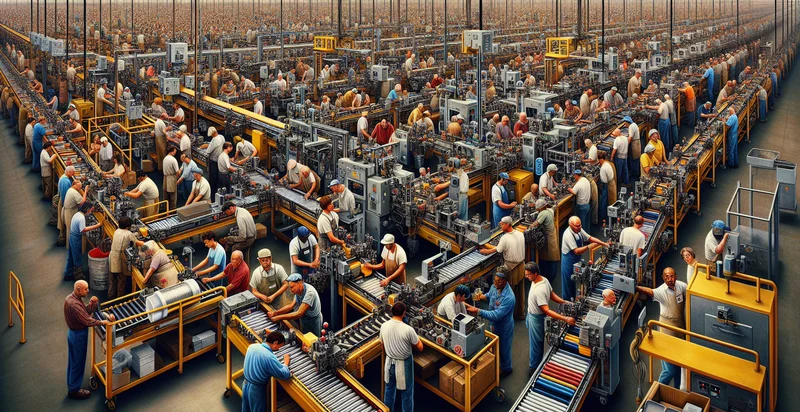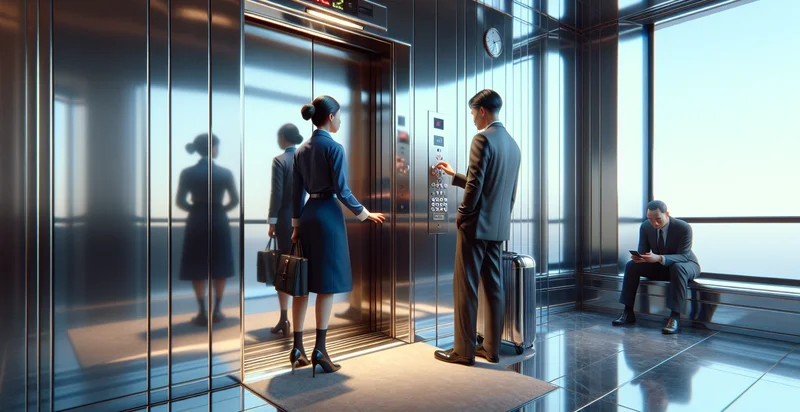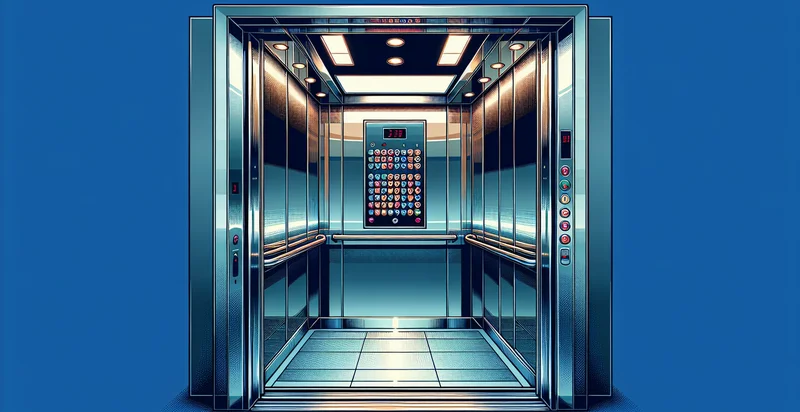Identify elevator conditions
using AI
Below is a free classifier to identify elevator conditions. Just upload your image, and our AI will predict what the current elevator conditions are - in just seconds.

Contact us for API access
Or, use Nyckel to build highly-accurate custom classifiers in just minutes. No PhD required.
Get started
import nyckel
credentials = nyckel.Credentials("YOUR_CLIENT_ID", "YOUR_CLIENT_SECRET")
nyckel.invoke("elevator-conditions", "your_image_url", credentials)
fetch('https://www.nyckel.com/v1/functions/elevator-conditions/invoke', {
method: 'POST',
headers: {
'Authorization': 'Bearer ' + 'YOUR_BEARER_TOKEN',
'Content-Type': 'application/json',
},
body: JSON.stringify(
{"data": "your_image_url"}
)
})
.then(response => response.json())
.then(data => console.log(data));
curl -X POST \
-H "Content-Type: application/json" \
-H "Authorization: Bearer YOUR_BEARER_TOKEN" \
-d '{"data": "your_image_url"}' \
https://www.nyckel.com/v1/functions/elevator-conditions/invoke
How this classifier works
To start, upload your image. Our AI tool will then predict what the current elevator conditions are.
This pretrained image model uses a Nyckel-created dataset and has 15 labels, including Clean Condition, Damaged Condition, Dirty Condition, Excellent Condition, Fair Condition, Frequently Used, Good Condition, Needs Maintenance, Operational and Out Of Service.
We'll also show a confidence score (the higher the number, the more confident the AI model is around what the current elevator conditions are).
Whether you're just curious or building elevator conditions detection into your application, we hope our classifier proves helpful.
Related Classifiers
Need to identify elevator conditions at scale?
Get API or Zapier access to this classifier for free. It's perfect for:
- Elevator Maintenance Alerts: This function can be utilized to analyze images captured in elevator shafts and cabins to identify conditions indicating potential issues, such as wear and tear or malfunctioning components. By generating alerts for maintenance staff when specific anomalies are detected, it can proactively reduce downtime and improve safety.
- Building Safety Compliance: The image classification method can serve to ensure that elevators meet regulatory safety standards by identifying unsafe conditions or improper installations. Building managers can automatically receive reports on their elevators' compliance, enabling timely interventions where necessary.
- Elevator Performance Monitoring: By continuously assessing the conditions within an elevator using image classification, organizations can gather data on performance factors over time. This information can be valuable for optimizing usage patterns, enhancing efficiency, and making informed decisions about upgrades or replacements.
- User Experience Enhancement: The function can be employed to monitor for cleanliness and aesthetic conditions inside the elevator. By identifying issues such as litter or improper lighting, building managers can ensure a pleasant experience for users, potentially increasing satisfaction and positive feedback.
- Emergency Response Training: Images of elevator conditions can be classified to develop training materials for emergency response teams. By understanding common issues and their visual indicators, personnel can be better prepared to address emergencies and manage elevator evacuations effectively.
- Insurance Assessment and Claims: Insurance companies can leverage this classification function when assessing claims related to elevator incidents or accidents. By analyzing images from the scene, insurers can better understand the circumstances and make informed decisions regarding claims management and liability.
- Marketing and Advertising Insights: Real estate developers and property managers can use the function to gather insights on elevator conditions that could affect leasing and sales. By showcasing well-maintained elevators through visual communications, they can enhance property value and attract potential tenants or buyers.


